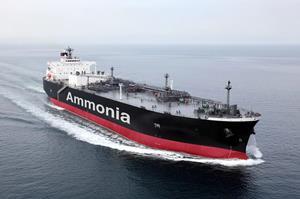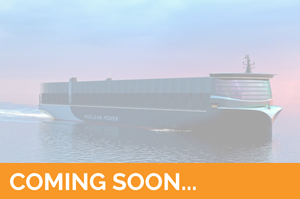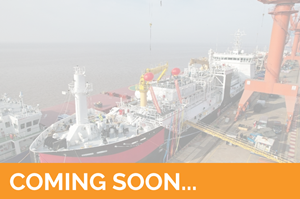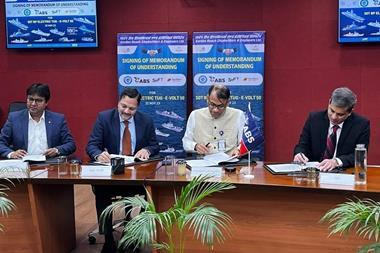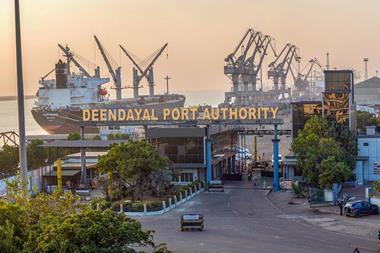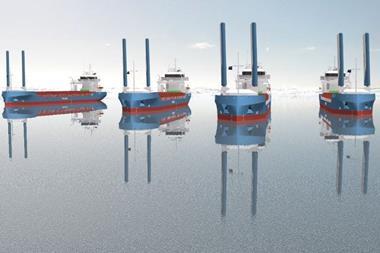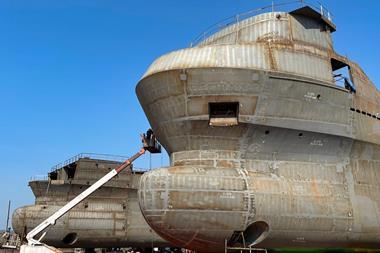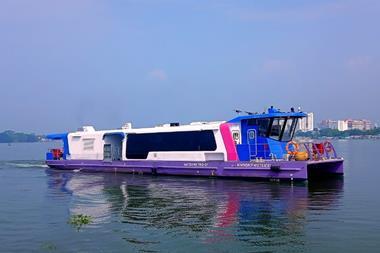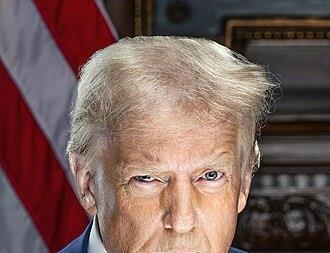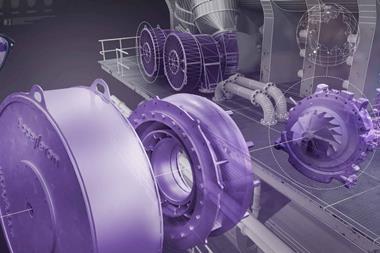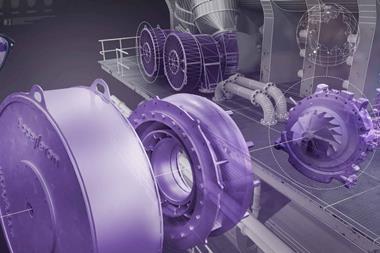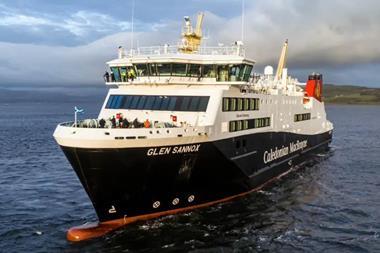Indian prime minister Narendra Modi has announced plans to join the top five shipbuilding nations at the country’s Maritime Week in Mumbai event recently, saying “amid global tensions, trade disruptions and shifting supply chains, India stands as a symbol of strategic autonomy, peace and inclusive growth.”.
He announced investment of around $24 billion in the sector, covering both shipping, shipbuilding and including the purchase of 437 vessels. Modi took to social media platform Linkedin to show his country’s progress in maritime, stating that total capacity has almost doubled to 2762 million metric tonnes in 11 years.
He also showed that vessel turnaround times in Indian ports had fallen sharply while the number of Indian seafarers has boomed to over 300,000, making up over 12% of the global mariner workforce.
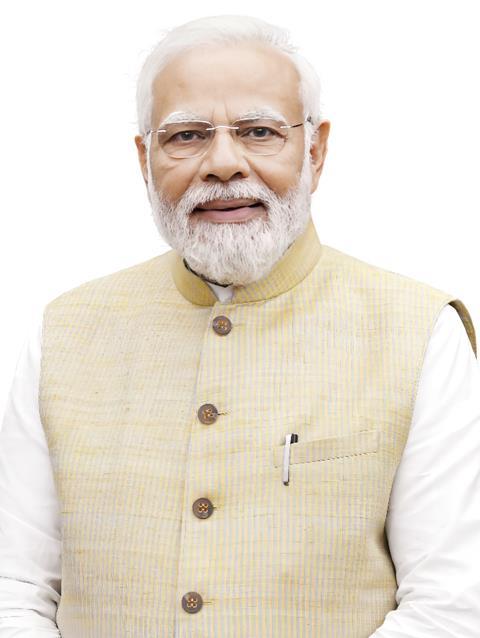
Modi is also keen to attract international investment into India’s maritime industry, he said: “I can say with confidence that India offers the perfect harbour for investments.”
He’s also scrapped so-called “colonial” laws regarding shipping whilst at the same time reinforcing the sector using the public purse.
India does face a number of challenges though. It has to modernise its infrastructure, creating deepwater ports to cope with the expected increase in maritime traffic. But Modi has proved a past master of creating attractive propositions for overseas investors and seems to have done so again in a maritime context, allowing 100% foreign ownership of Indian projects. A refreshing lack of protectionism in today’s tense geopolitical environment.
Modi’s reforms look to be bearing fruit already, with the UAE’s DP World announcing $5 billion of investment in India’s maritime infrastructure and Maersk’s APM Terminals looking at a $2 billion investment in an Indian port.
The aim?
India has announced an initiative dubbed Maritime India 2030 and its goal is to make the country a global maritime power. On paper, this goal doesn’t look too far-fetched. The country has over 11,000 km of coastline, natural deep ports and a young working population, what could possibly go wrong?
Modi has been trying to boost his country’s production of steel as currently it relies on a host of countries including China and South Korea for its import of this all-important commodity. Given the political brinkmanship currently being deployed by superpowers the world over, if those two countries fear India could achieve its goal of being a key maritime hub, especially in the field of shipbuilding, it might not be overly difficult to scupper its plans.
Finally, in today’s maritime world, the focus is on sustainability and reducing emissions. While the country has made some progress with renewable fuels, it still ranks low in biodiversity and habitat protection and has a dependence on fossil fuels that some investors may deem unpalatable. But with Modi the political will is there. The country has successfully landed a rocket on the moon suggesting that perhaps anything is possible.


